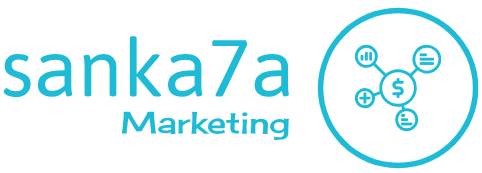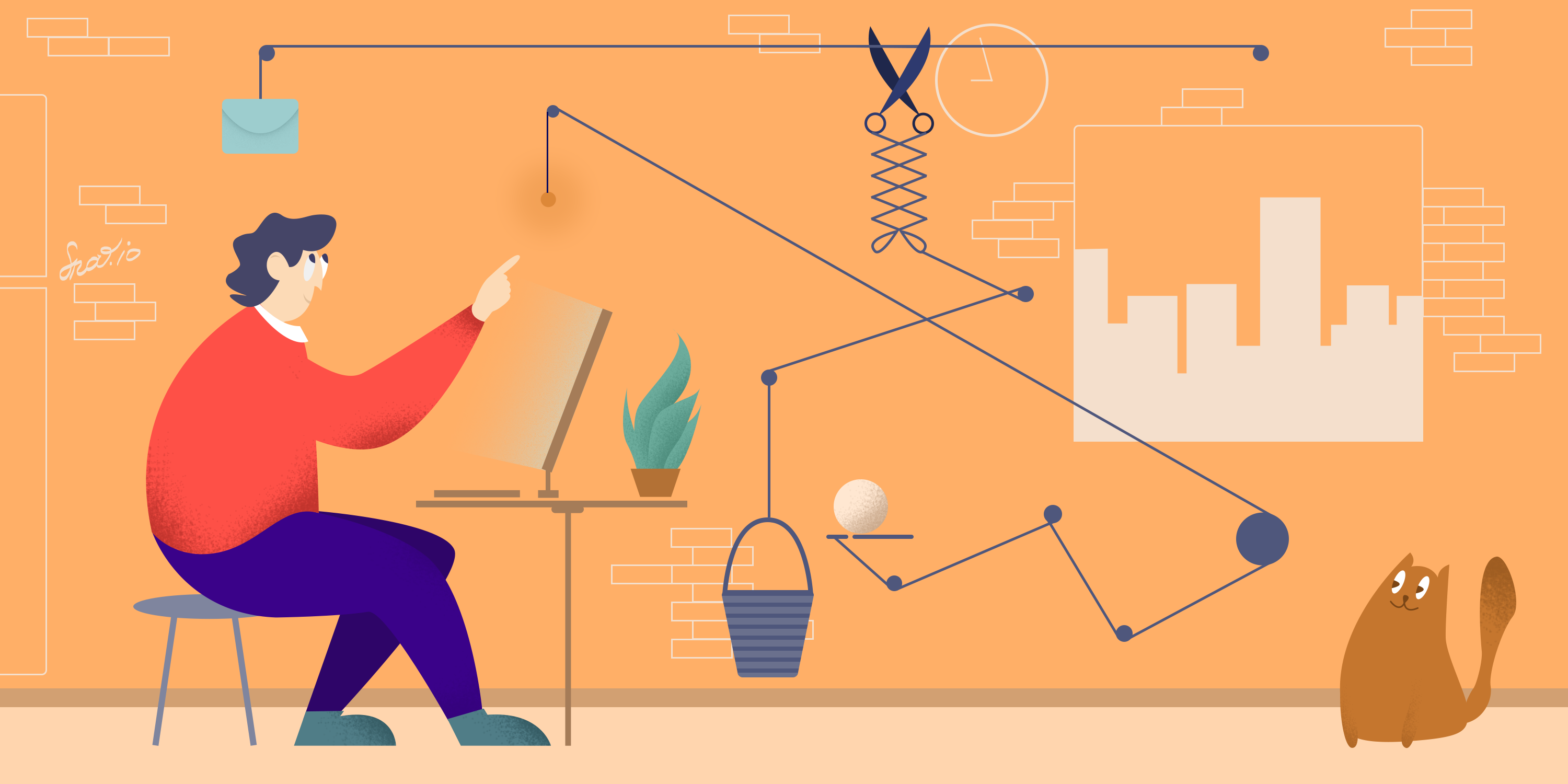Choosing Your Digital Canvas: Software and Hardware
Embarking on your digital art journey begins with selecting the right tools. The software landscape is vast, ranging from industry-standard behemoths like Adobe Photoshop and Illustrator to more user-friendly options such as Procreate (for iPad) and Krita (free and open-source). Consider your budget and artistic style when making your choice. Do you need powerful raster editing capabilities (Photoshop)? Or are you more interested in vector graphics for clean lines and scalability (Illustrator)? Experiment with free trials or free software to find the best fit. Beyond software, your hardware plays a significant role. A pressure-sensitive graphics tablet (like a Wacom or Huion) will dramatically enhance your control and precision, mimicking the feel of traditional drawing. A powerful computer with a good graphics card is also crucial, especially for complex projects and larger file sizes. Don’t underestimate the importance of a comfortable workspace, too! A good chair and proper lighting will make your creative process much more enjoyable.
Mastering the Basics: Lines, Shapes, and Color
Just like traditional art, digital art hinges on fundamental principles. Start by practicing basic shapes and lines. Experiment with different brush styles and sizes within your chosen software. Learn to control the opacity and flow of your brush strokes to achieve varied effects. Understanding color theory is also paramount. Explore color palettes, learn about complementary, analogous, and triadic color schemes, and practice blending colors seamlessly. Don’t be afraid to experiment – play with different color modes and blending options to see how they affect your work. Many online resources and tutorials can guide you through these fundamental concepts.
Exploring Different Digital Art Styles
The beauty of digital art lies in its versatility. From photorealistic portraits to vibrant abstract pieces, the possibilities are endless. Explore various styles to discover what resonates with you. Research artists you admire and try to emulate their techniques. Experiment with different brushes, textures, and effects to create unique styles. Don’t limit yourself to one style; embrace experimentation and allow your personal artistic voice to shine through. Digital art allows you to seamlessly blend different techniques and styles, creating a hybrid approach uniquely your own.
Building Your Digital Art Workflow
Developing an efficient workflow is key to maximizing your productivity and creativity. Consider creating a structured process for your projects. Start with sketching and planning your composition. Then, move onto line art, followed by flat colors and shading. Finally, add details and refine your piece. Experiment with different layers to keep your work organized and easily editable. Regularly save your progress to avoid losing work. Learning keyboard shortcuts can also significantly speed up your workflow. Remember that workflow is a personal journey – find a method that suits your artistic process and preferences.
Understanding Layers and Non-Destructive Editing
One of the most powerful features of digital art software is the use of layers. Layers allow you to work on different elements of your artwork independently without affecting others. This is crucial for non-destructive editing, allowing you to






![Everything You Need to Know Hermes’ [Bag Name] Everything You Need to Know Hermes’ [Bag Name]](https://images.unsplash.com/photo-1507666664345-c49223375e33?fm=jpg&q=60&w=3000&ixlib=rb-4.0.3&ixid=M3wxMjA3fDB8MHxzZWFyY2h8MTN8fGhlcm1lcyUyMHBhcmlzJTIwYmFnfGVufDB8MHwwfHx8Mg%3D%3D)



